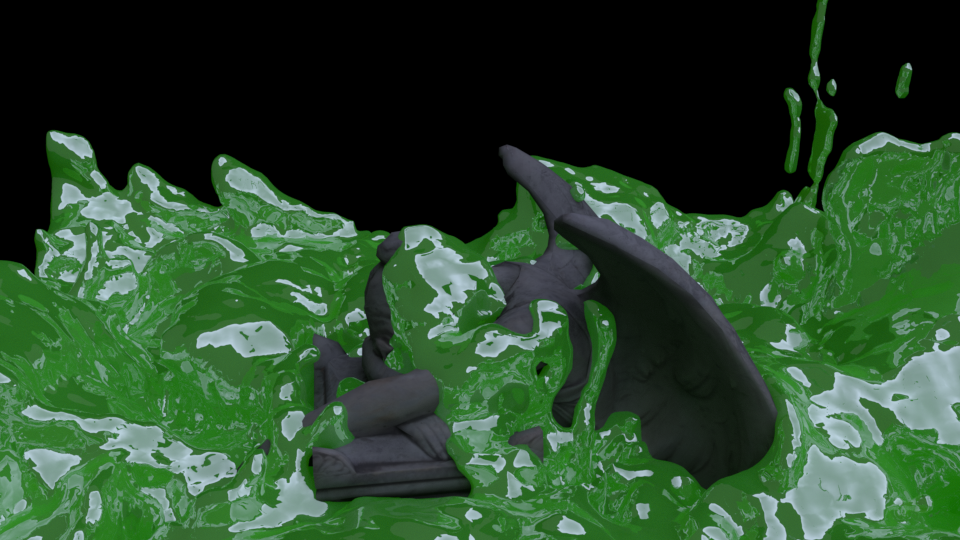
...And welcome back. It feels like it’s been a minute since we last spoke. Let me get you up to date quickly on how I’ve progressed in this hobby and then the next steps I’ve taken. I printed and made some interesting designs, like an impossible Dovetail Puzzlebox and a print in place articulating slug. I also tried (and failed) to make a modular phone mounting system
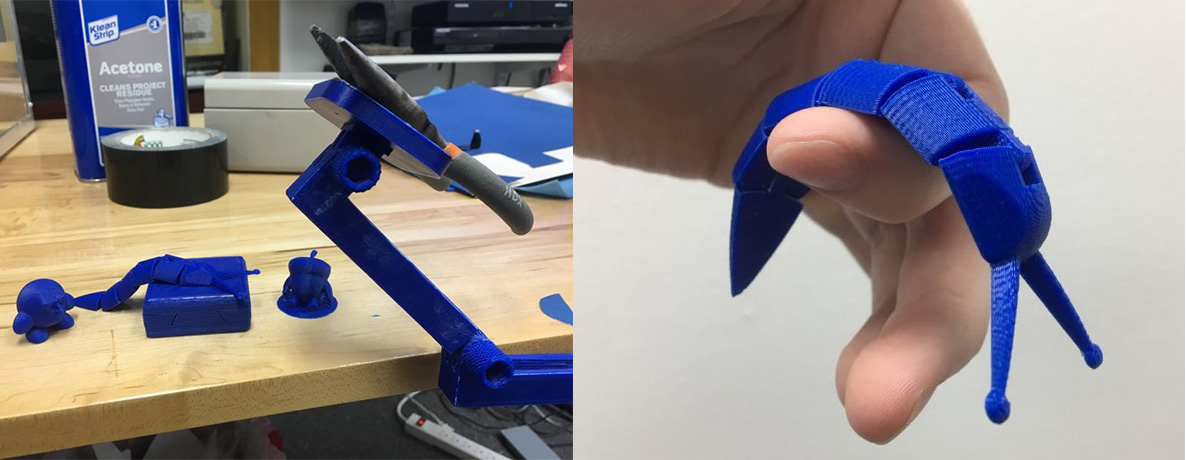
But past that work, I’ve found a new joy and frustration, which is a new printer. While I still have my Monoprice Maker Select v2, I’ve now added the Elegoo Mars to my arsenal. So, why did I get a new printer, and what value does this new one have?
Why Geoff, Why?
Well, that’s a bit of a presumptuous question, seeing as we aren’t really friends or anything, but I’ll answer. The Monoprice is an FDM/FFF printer (Fused Deposition Modeling or Fused Filament Fabrication), which is basically a very precise hot glue gun that we can code to print a long spaghetti strand of plastic into a desired shape. The Elegoo on the other hand is a SLA (Stereolithography) or resin printer, which uses a UV-light sensitive plastic goo to create models.
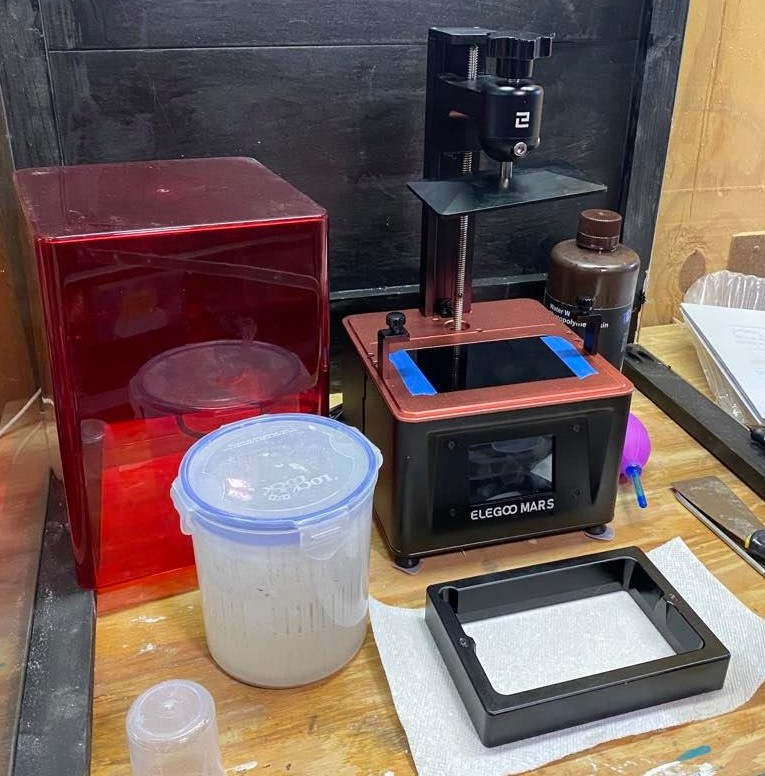
So what’s the big difference between these two methods? Why get a whole new printer just because it uses goo instead of a spool of plastic? Well, there’s a few big reasons.
First reason is the resolution. With the Monoprice, my resolution was about .1-.3 mm based on the print head, and I was stuck with layer lines looking like rings, so each piece off the printer looked like a small layered cake. On the other hand, the Elegoo uses an upside down print bed to plunge into the resin, with a clear plastic tub bottom allowing a 2K LCD screen at the bottom to shoot UV light up to cure each layer. The resolution is no longer based on the print head but the screen resolution, so my layers are now .01 mm thick, and I have much higher accuracy. I can now print things that are small or delicate without as much worry.
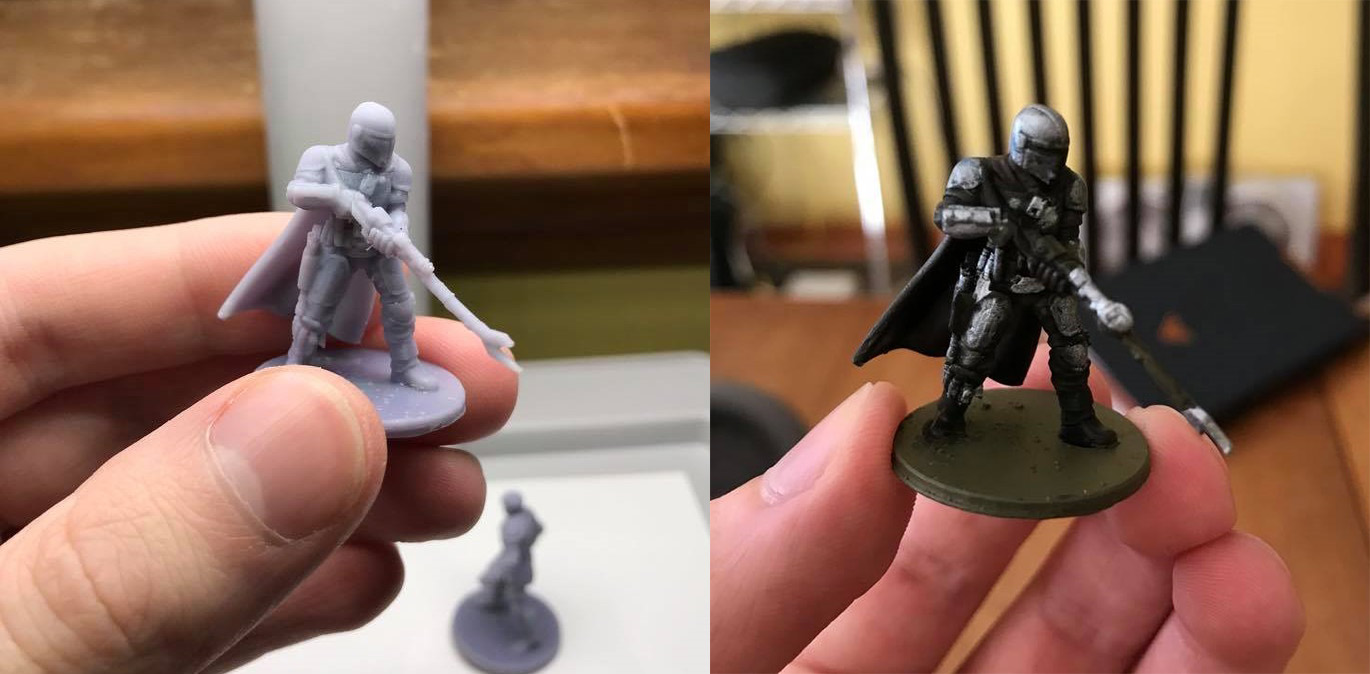
Second, speed and reliability. The Monoprice and Elegoo are both configurable in print settings for speed, but due to the nature of FDM vs resin, there is a world of difference. The FDM printer must move the print head for every part of the print on the bed. Compare this to resin, which prints each layer simultaneously. So, you can have thirty different and complex models in a single Elegoo print and the total print time will only be the time for the tallest print on the bed. Pair this with the reliability due to no temperature concerns and fewer moving parts. The Monoprice requires a heated bed and print head, as well as a 3 axis printing system, while the Elegoo has no heat needs and a single Z axis stepper motor system for printing.
The third and final reason is cost. When I bought the Monoprice Maker Select v2 in 2018, it was $230 with many options widely available. At that time, the most available resin printer was the Formlabs Form 2, which was about $3900. To say it wasn’t feasible for hobbyists at the time is an understatement. In mid 2020 however, I was able to buy the Elegoo Mars for $190. The quick movement in the development of the resin printing field is staggering, and although the resin costs are a bit higher than the spooled filament, I feel that extra cost is worth the gains of a less finicky and more accurate printer.

So, resin printers are better than FDM printers in every way? Again, very presumptuous, but the answer to that is no. Resin prints require UV curing and the resin is toxic, requiring gloves and a N95 mask while using/printing. The prints are harder to monitor for issues since it’s covered in goop for the entire process. As well, you’ll need to filter and drain the resin tub after every print session and wipe up all the resin stuck to the tub and print bed. The print bed size for the Elegoo is smaller than the Monoprice, and can’t go as tall. This translates to more before and after work for each print. As well, I haven’t personally tested this, but I’ve seen generally that FDM prints are stronger than the resin prints. I’ve included a table comparison between the two printers I have just so you can see it in a more convenient way.
| Elegoo Mars | Monoprice Maker Select | |
|---|---|---|
| Cost | $190 (as of 3/2021) | $230 (Discontinued, 2018 price) |
| Resolution | .01 mm layer thickness | .1 mm layer thickness |
| Build Volume | 4.53in (L) * 2.56in (W) * 5.9in (H) | 8in (L) * 8in (W) * 7in (H) |
| Printer Footprint | 7.87in (L) * 7.87in (W) * 16.14in (H) | 19.7in (L) * 18.9in (W) * 11.2in (H) [Additional space for filament spool required] |
| Plastic types | UV-curing resins | ABS, PLA, PET, TPU, TPC, FPE, PVA, HIPS, etc. |
| Fume Extraction | Yes | Dependent on filament |
| Protective Gear | N95 mask, gloves, eye protection recommended | Dependent on filament |
| Post Print Processing | Wash and UV Cure | None |
| Complex Parts | Z-axis movement, LCD UV screen | 3-axis movement, heated bed, heated print head |
| Print Bed Leveling | Manual (faster) | Manual |
| Data Input | USB | Micro SD |
Overall, I’m very happy with my purchase that has allowed me to also start painting miniatures, which is another rabbit hole I’ve fallen into. As a footnote, I’ll include some advice for new resin or Elegoo Mars printer buyers, so they hopefully can get out the gate faster. Enjoy the print pictures, and check for another update in a bit sooner than 2 years.
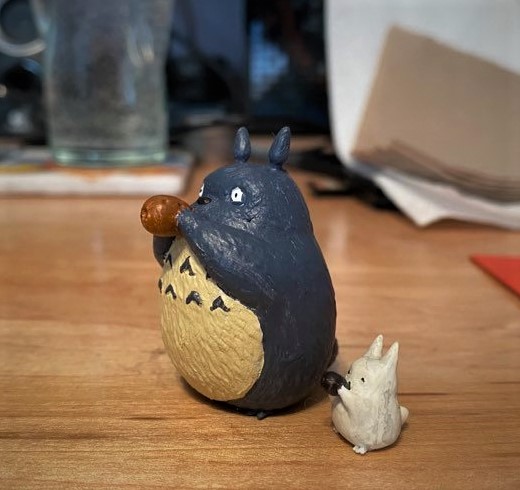
Footnote: When buying a resin printer, be sure to buy a bottle of resin as well. I recommend water washable resin and start with 500 grams, link included below. Be sure to keep it away from sunlight when stored. As well, buy some microfiber cloth, air blower, Synthetic Oil/PTFE lubricant, a beaker, and a cheap UV light. The air blower is to blow out bubbles in the resin before printing, relatively simple. The big deal is the lubricant and cloth, which solved a big headache of mine which was the print sticking to the tub rather than the print bed. The lubricant should be spread using the microfiber cloth on the clear tub bottom before pouring the resin in. The UV light is nice to have so you can cure your print in a temperature controlled environment instead of by a window or outside, and the beaker is for a larger vessel to sift your leftover resin into. Special shout out to Make Anything on Youtube for the advice in this regard, and good luck printing!
Links:
FDM vs SLA 3D printed bolts and nuts (PLA vs Resin) – SLA vs FDM print strength.
Resin Printing with the Elegoo Mars // First prints, troubleshooting, impressions – Video from Make Anything with first steps for Elegoo Mars printing.
Articulated Slug – Slug 3D print.
Geowulfie Thingiverse – My Thingiverse page with various designs.
Super Lube Synthetic Oil with PFTE High Viscosity – Amazon link to the lubricant.
Air Blower – Amazon link to a hand air blower.